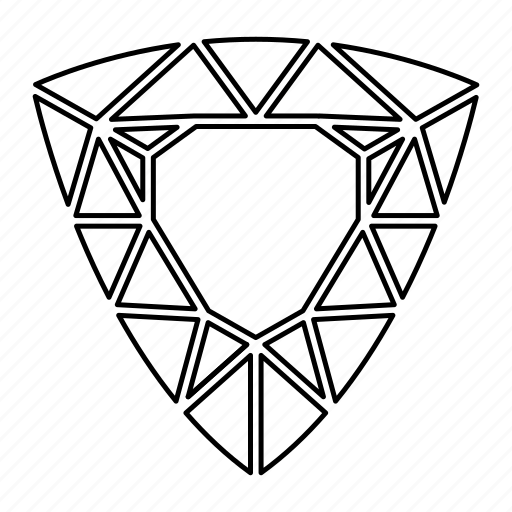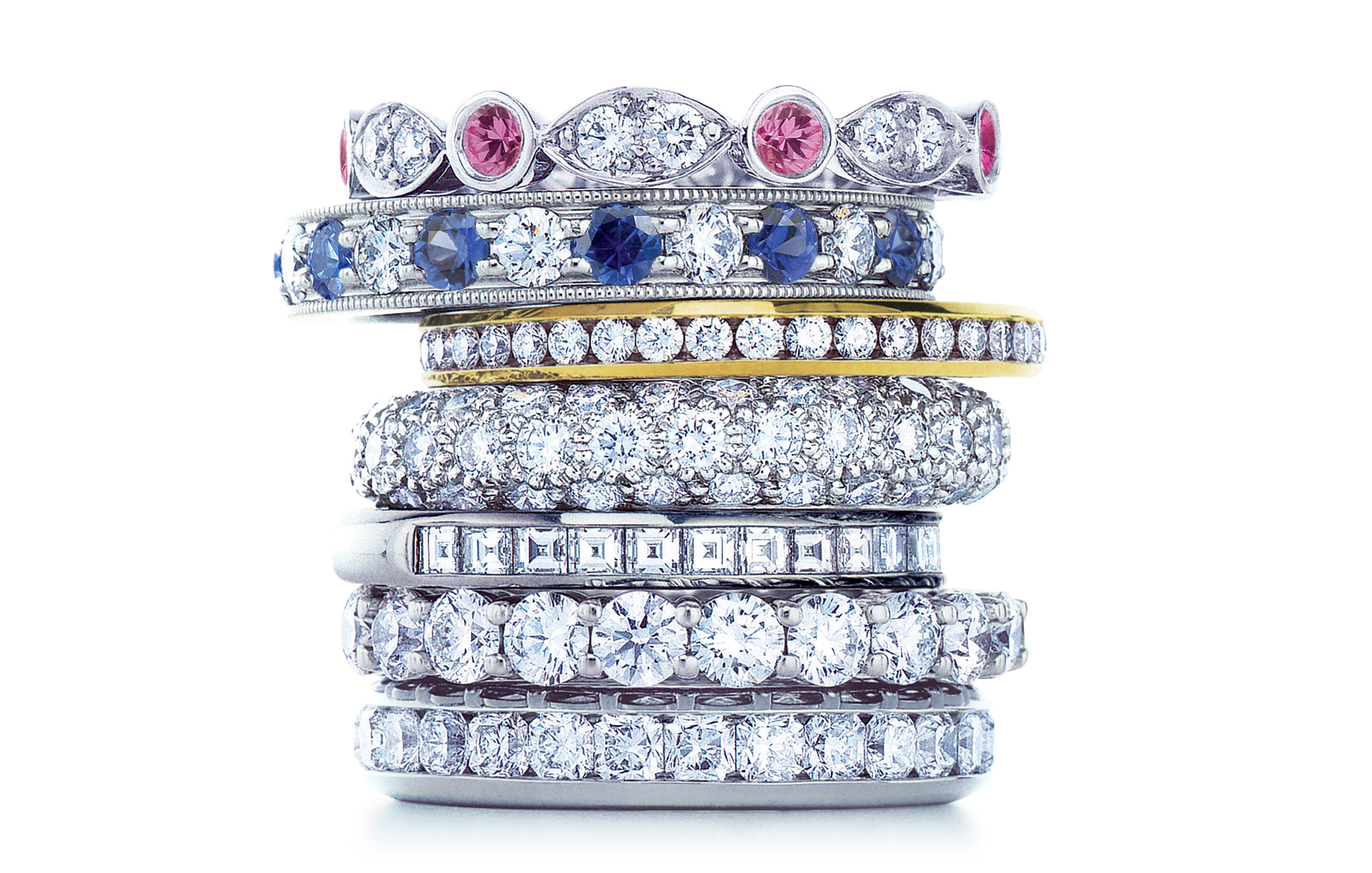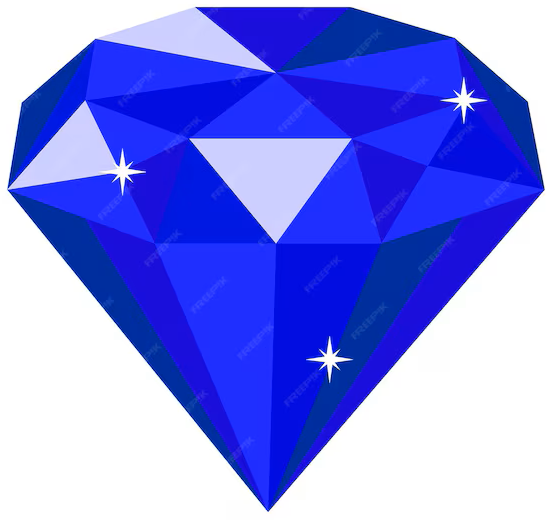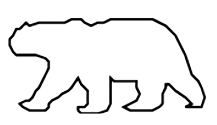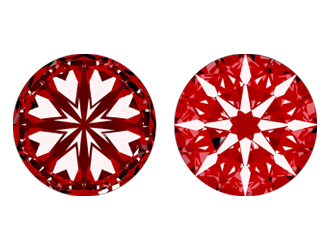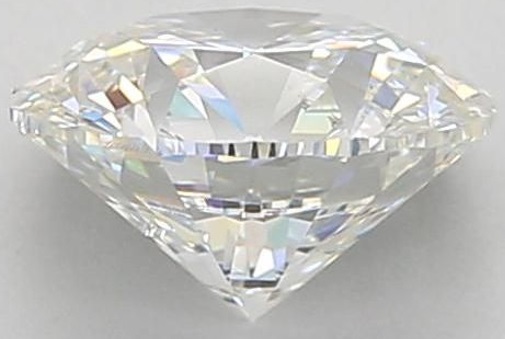
Lifetime Warranty

Hassle Free Returns

Free Resizing

Conflict Free Diamonds
Top Questions and Answers
A diamond desk refers back to the flat, polished floor at the pinnacle aspect of a cut diamond. It's a important thing of a diamond's appearance, influencing its brilliance and ordinary aesthetic enchantment. The table length is expressed as a percentage of the diamond's diameter.
Diamond desk is crucial because it without delay affects a diamond's brilliance and sparkle. The table is the large, flat aspect on top, and its size relative to the overall diamond impacts how mild interacts with the stone.
The diamond desk, the flat top facet of a diamond, appreciably impacts its appearance. a bigger table can decorate brightness and make the diamond look extra exquisite, but too big can also compromise hearth and dispersion.
The diamond table refers back to the flat, topmost facet of a diamond. there are numerous sorts of diamond tables, including general tables with a conventional rectangular or rectangular shape. some diamonds may also have changed tables.
Diamond table is measured and graded via evaluating the scale of the flat, top side of the diamond, expressed as a percent of the full diameter. A nicely-proportioned table contributes to a diamond's brilliance and sparkle. The table percentage is calculated via dividing the width of the table side by the diameter of the diamond.
The right desk grade for a diamond is usually around 55–64%. The desk refers back to the flat, topmost side of the diamond. This percent represents the width of the desk as compared to the overall diameter of the diamond.
Yes, the table of a diamond, that is the flat, top side, can effect its value. A well-proportioned desk contributes to brilliance and sparkle. an overly huge or small table might also have an effect on mild mirrored image, diminishing the diamond's overall appearance.
Diamonds with decrease desk grades can nevertheless be visually appealing. The table grade more often than not affects the diamond's look from the top view, but different elements like reduce, readability, and color play full-size roles in usual beauty.
Diamond rings have to be cleaned regularly, preferably every two to 3 weeks, to keep its brilliance. Use a slight solution of heat water and mild dish soap to soak the jewelry, then gently scrub with a gentle brush. avoid using harsh chemical compounds or abrasive substances which can damage the diamond or its setting.
For cleansing desk diamonds, use a soft brush and slight soap in heat water. lightly scrub the diamond's floor to cast off dust and oil. keep away from harsh chemical substances and ultrasonic cleaners, as they could harm the stone.
No, lab-grown diamonds and natural diamonds have comparable bodily and chemical residences. They both have the identical crystal structure and hardness. Gemological laboratories use the equal grading criteria for each kinds, assessing the four Cs (carat, cut, coloration, and clarity).
The process of "tabling" in diamonds refers to the flat aspect on the pinnacle of the stone. exceptional diamond shapes can also have variations in table size and proportions, affecting the overall appearance and brilliance. for example, round diamonds frequently have large tables, even as fancy shapes like princess or emerald cut can also have smaller tables.
A diamond's table, that's the flat pinnacle facet, does not wear down over the years because of ordinary put on and tear. Diamonds are one of the toughest substances, making them quite proof against scratching and abrasion.
The diamond tableing procedure is a essential step in diamond reducing, wherein a flat facet called the table is created at the diamond's top floor. This table facet serves as a window into the stone, influencing its brilliance and standard appearance. The precision of the tableing process influences the diamond's very last shape, symmetry, and mild reflection, making it a key detail in improving the gem's splendor and fee.
The desk of a diamond, the flat top side, performs a vital function in mild mirrored image and refraction. A nicely-cut table enhances brilliance through permitting light to go into and mirror in the diamond, growing sparkle. the dimensions and alignment of the table impact the diamond's ability to refract mild, contributing to its hearth and scintillation.
Enterprise standards exist for diamond tables, that's the flat facet at the pinnacle of a diamond. The Gemological Institute of the us (GIA) sets benchmarks for table length as a percent of the diamond's diameter, with the perfect range generally among 53% and 63%.
No, repairing a damaged diamond desk is not feasible. The table side, referred to as the desk, is a important part of a diamond's cut, affecting its brilliance and normal appearance. once broken, restoring the unique precision and symmetry is extraordinarily difficult, if not impossible.
The diamond table, the flat pinnacle side of a diamond, is commonly shaped the use of precision gear like scaifes and polishing laps. techniques inclusive of blockading and brillianteering are employed to reap the preferred symmetry and brilliance.
No, within every desk grade class, there are commonly no sub-ranges. table grades are typically assigned based totally on universal satisfactory, craftsmanship, and materials used, with out similarly subdivisions within a specific grade.
















